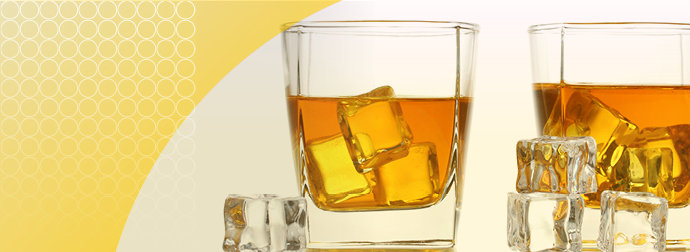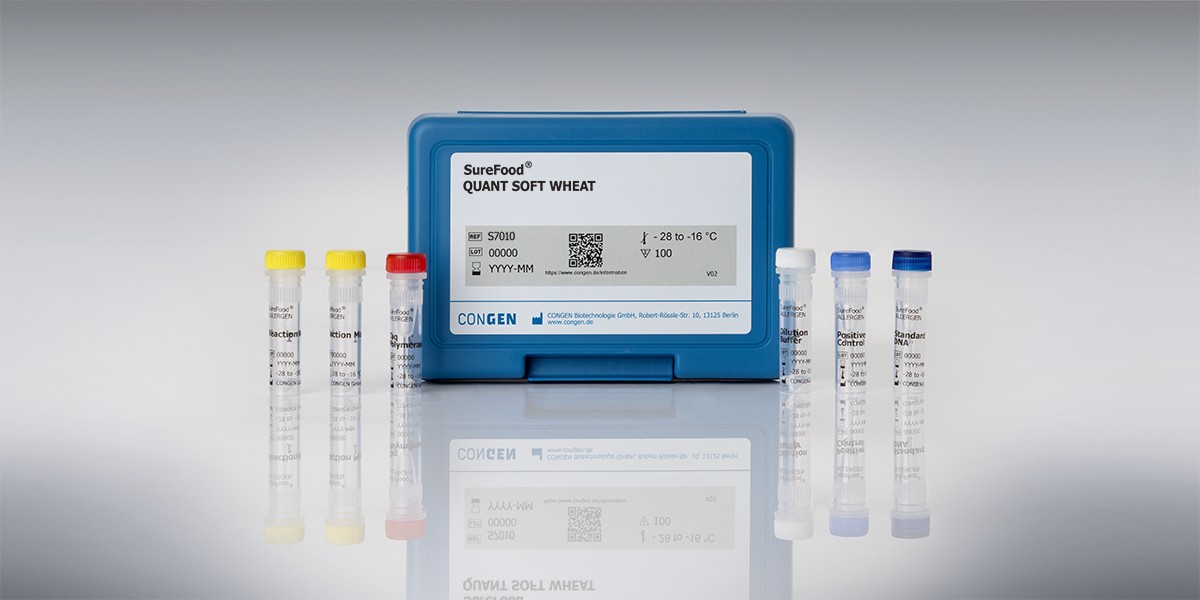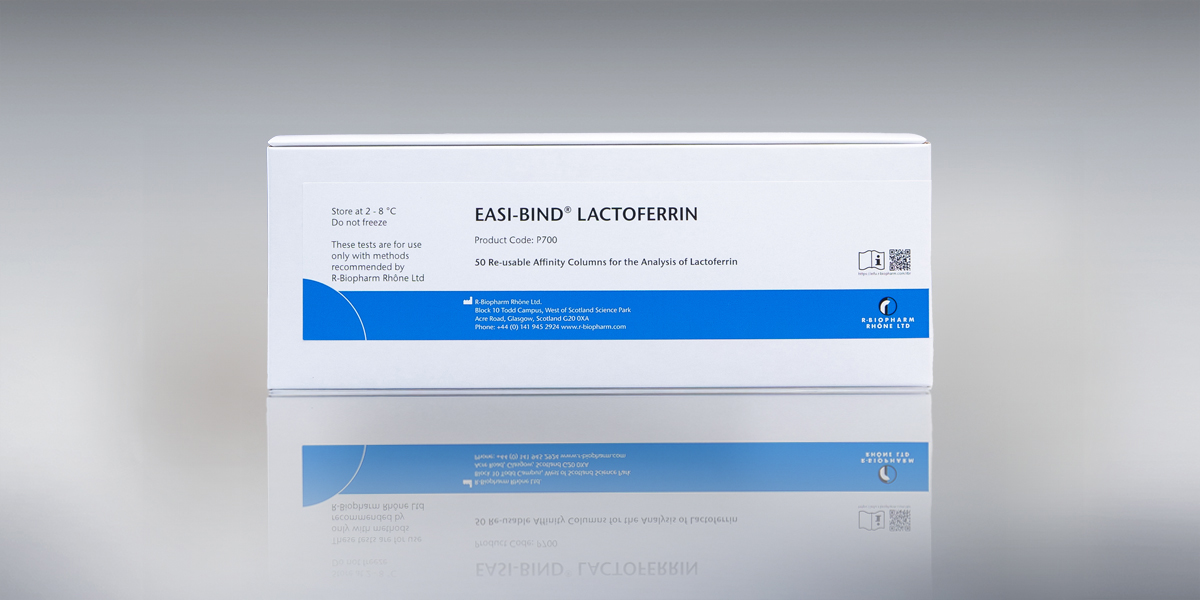
Recent news in Food & Feed Analysis
- Home
- /
- Food fraud: the business...
Food fraud: the business of counterfeit whisky

Food fraud is a major problem for the beverage industry. High-priced spirits such as single malt whiskies are particularly subject to fraud. Here’s what you should know about food fraud in the alcoholic beverage sector and how to detect adulterated whisky.
9,800 tons of food, more than 26.4 million liters of beverages and overall 13 million units, worth an estimated 230 million euros, of adulterated and potentially harmful food and beverages have been seized in the context of OPSON VI, a joint Europol-Interpol operation. Among them: olive oil, seafood, milk, honey, spices – and whisky. As in previous years, the beverage industry is strongly affected by food fraud. Last year, the OPSON operation lead to the seizure of almost 10,000 liters of alcoholic beverages such as wine, whisky and vodka, alone in Great Britain. And in the year before, the Royal Thai Police recovered more than 270 bottles of fake whisky – including forged labels, bottle caps and packaging.
Food fraud comes in many forms: sometimes, a whisky is diluted with a cheaper product; sometimes, an inferior whisky is sold as a premium product; and sometimes, whiskies of different origins are masqueraded as Scotch whisky. The addition of certain substances conceals the fact that the product has been diluted. Particularly high-priced whiskies are counterfeited since they generate high profits to fraudsters. However, counterfeit spirits do not only cause financial loss: adding chemicals to beverages may pose a serious risk to the health of the consumer.
How is counterfeit whisky detected?
Experts are sometimes able to detect crude forgeries by the label, the fill level or the color of the whisky. However, well-done forgeries can only be detected by analytical methods. Common methods for the detection of counterfeit spirits are often complex, time-consuming and require skilled analysts. That is why spirits producers are particularly interested in the development of easy and rapid solutions that can be used to analyze suspect samples directly at the point of sale.
The Scotch Whisky Research Institute (SWRI) recently evaluated two such detection methods: the RIDA®CUBE SCAN by R-Biopharm and the 4000MiD® by Microsaic Systems – two systems with different approaches:
- The RIDA®CUBE SCAN detects counterfeits through determination of sugar contents. The portable and fully automated analyzer is able to determine glucose, fructose and sucrose. The system convinced the experts through its easy handling and the good correlation with the standard UKAS accredited method, the ion-change chromatography (IC).
- The 4000MiD® is a compact electrospray ionization mass spectrometer (ESI-MS). Principle components analysis (PCA) is used to produce unique mass spectral fingerprints for certain whiskies and to detect samples that don’t fit in the picture. However, the test showed that some whisky brands may be too alike to discriminate the fingerprints.
The complete results of the study have been presented by the Scotch Whisky Research Institute in a poster session at the “Food Integrity” conference in Parma.



